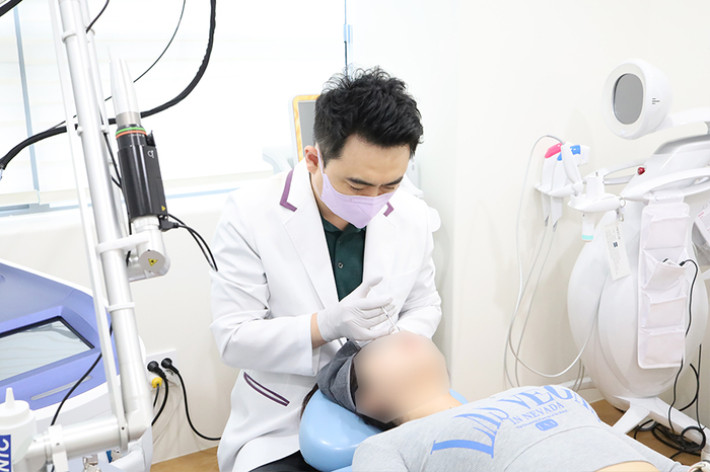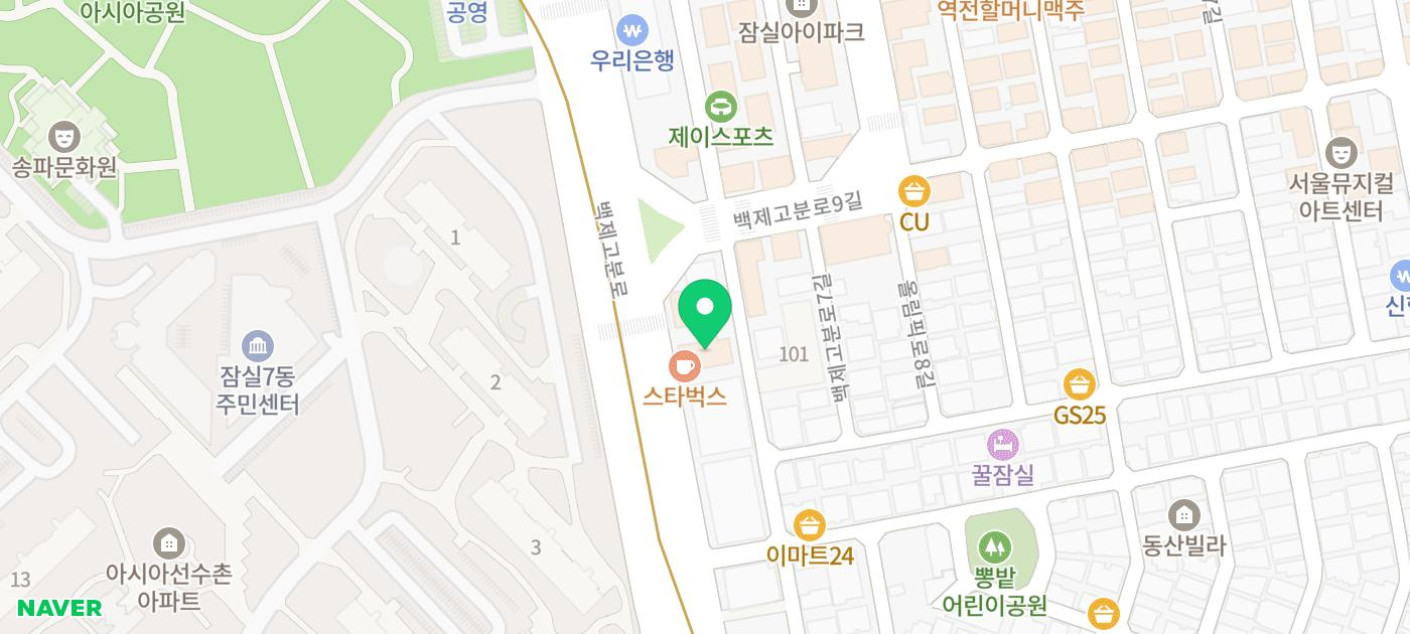Understanding Forehead Wrinkles and Botox Treatment

This post is directly written by Purple Clinic and provides medical information only. It does not require prior review and is not intended to promote specific drugs or medical devices. This content is solely for the purpose of providing medical information, and complies with Article 56, Paragraph 1 of the Medical Service Act (Prohibition of Medical Advertising, etc.).
Causes of Forehead Wrinkles
Forehead wrinkles typically result from repetitive use of the forehead muscles.
These muscles contract when we express surprise, widen our eyes, or unconsciously raise our eyebrows to compensate for drooping eyelids.
As we age, collagen and elastin decrease, thinning the skin and making wrinkles more pronounced.
Prolonged exposure to ultraviolet (UV) rays reduces elasticity, making it easier for folded lines to remain even when there is no facial expression (transition from dynamic to static wrinkles).
The forehead muscle is the only muscle in the face that lifts the eyebrows. It also interacts with the muscles between the eyebrows (corrugator and procerus muscles) to compensate for tension.
Therefore, a combination of muscle hyperactivity, skin aging, UV exposure, and functional influences from the eyelids and glabella can make forehead wrinkles more prominent.
Principles and Effects of Forehead Botox
Botulinum toxin type A temporarily blocks nerve signals to muscles by inhibiting the release of acetylcholine at the neuromuscular junction.
At the molecular level, it prevents stimulation from being transmitted to the muscles by cleaving the SNAP-25 protein, which blocks vesicle fusion.
For the forehead, a small amount is injected into the frontalis muscle in the areas where horizontal wrinkles mainly occur.
Within a few days, you may start to feel a "weakening of the muscles," and over 2-4 weeks, you can expect to see a smoother surface as the wrinkles become less folded.
For old, deep wrinkles, a softening or rounding effect is more realistic than complete disappearance. If skin elasticity is significantly reduced, a combination of other treatments may be discussed.
Generally, the effects are felt for several weeks to months before gradually diminishing.
Side Effects of Forehead Botox
The most common concerns are brow ptosis (heavy eyebrows) and eyelid ptosis (drooping eyelids).
These side effects can occur if the forehead muscle is excessively weakened or if the medication spreads downward, affecting the muscles that lift the eyelids.
Other possible side effects include bruising, pain, headache, temporary stiffness, asymmetry, and the "Spock brow" phenomenon, where only the outer edges of the eyebrows lift when smiling.
These issues are usually resolved by adjusting the dosage, distribution, and injection depth, and if necessary, small corrective injections can be administered.
Rarely, dryness, subtle changes in facial expression, or temporary over/under-correction may occur. Therefore, it is important to assess your usual facial expressions and eyelid condition before the procedure.
Why Choose an Experienced Practitioner?
The key point is that the forehead muscle is the "only eyebrow-lifting muscle."
If you already have heavy eyelids or strong glabellar muscles (corrugator and procerus muscles), excessively weakening the forehead muscle can make your vision feel restricted or your eyes feel tired.
Experienced practitioners will:
• Maintain the injection line about 1.5-2 cm above the eyebrows to reduce downward spread.
• Assess the individual's frontalis muscle activity pattern (superior, overall, or lateral) to design the injection distribution.
• If the glabellar muscles are tense, consider treating the glabella area as well as the forehead (or in stages) to achieve balance.
With this approach, it is easier to achieve a "balanced result" where wrinkles are softened without compromising facial expressions.
Botox: A Simple Procedure, But Difficult to Master
While the injection itself may seem simple, the key to success lies in understanding anatomy and designing the dosage.
Even with the same total amount, the diffusion radius and depth of action vary depending on the injection interval, layer, dilution, and injection speed.
At the edges of the forehead (temporal line), the frontalis muscle is thinner, making overcorrection easy, so micro-dose fractionation is necessary. In the central forehead area, the injection interval should be adjusted based on the wrinkle pattern (wide band vs. shallow groove).
Excessive concentration of injection at one point can create a surface change that looks like a depression, while passing only through the superficial layer may result in insufficient effect.
The patient's occupation and facial expression habits (habit of widening eyes, habit of looking at the screen from above) should also be considered for a natural result.
Causes of Botox Resistance
In rare cases, repeated injections can lead to the formation of neutralizing antibodies, reducing the effectiveness of the treatment.
Factors that increase the risk include frequent booster injections, excessive cumulative doses, and the use of formulations with a high protein load.
To reduce this risk:
• Allow sufficient time between repeat treatments in the same area (generally planning around 3 months).
• Use the minimum effective dose to achieve the desired result.
• Consider using a so-called 'pure toxin' formulation that does not contain complex proteins (hemagglutinin, etc.) (e.g., incobotulinumtoxinA, including similar formulations available domestically).
If resistance is suspected, a systematic approach is recommended, including re-evaluating the indications, changing the formulation, and adjusting the treatment interval, rather than simply increasing the dose.
Forehead wrinkles are caused by a combination of muscle hyperactivity and skin aging.
Botox temporarily reduces nerve signals to soften wrinkles, allowing for improvement of expression lines within a relatively short recovery time.
However, because the forehead is directly related to the function of raising the eyebrows, prior assessment and dosage/distribution design are particularly important.
A customized approach that considers the individual's facial expression habits, eyelid condition, and skin thickness is recommended.
All procedures may vary depending on the individual.
Side effects such as swelling, inflammation, and bleeding may occur, so caution is advised.







Source :https://blog.naver.com/purpleclinic/224010303353
No comments yet.
